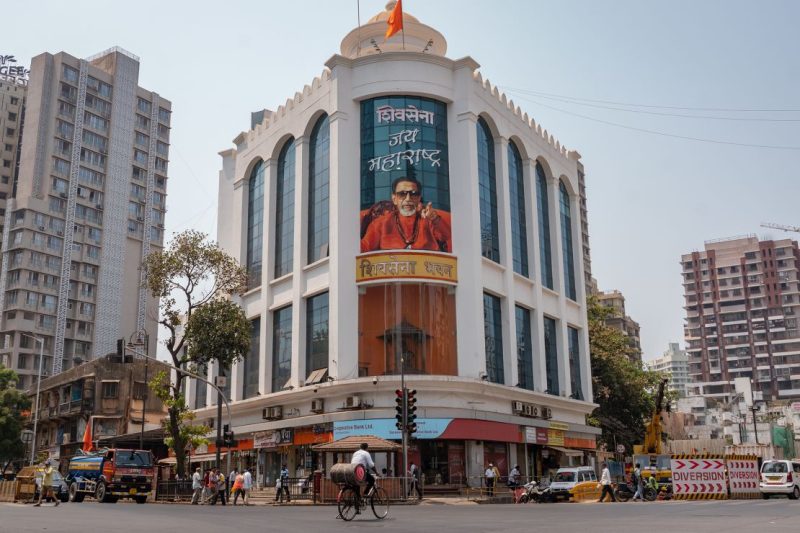As Mumbai, India’s wealthiest city known for its glamour and gleaming skyscrapers, prepares for the imminent elections, one crucial issue that is consistently dominating the voters’ minds is the gaping wealth disparity. Divided sharply into haves and have-nots, Mumbai’s glaring wealth gap outlines the socio-economic landscape of the city, highlighting the perpetual chasm that requires urgent balancing.
The juxtaposition of opulence and poverty in Mumbai is hard to miss. As India’s financial hub, Mumbai contributes to around 6.16% of the total Indian economy. The city houses some of India’s wealthiest tycoons and, at the same time, is home to Asia’s largest slums, making the wealth gap visibly stark. This glaring disparity is undoubtedly occupying the minds of the majority of voters as they gear up for the elections.
While Mumbai’s GDP per capita is one of the highest in the country, indicating the city’s considerable wealth generation, the concentration of such wealth is vested in a limited few, creating extensive wealth disparity. The 2020 Credit Suisse Global Wealth Report reveals a wealth Gini coefficient of 0.83 for India, signalling extreme wealth concentration. Specifically in Mumbai, the existence of super-rich tycoons co-inhabiting with those living on less than a dollar a day shows the vast gulf between the wealthy and impoverished.
The impact of this wealth disparity is reflected in various social indicators. Education, healthcare and housing reflect the deep social divisions present in Mumbai. Public schools and healthcare facilities are often low quality and under-resourced, largely serving those in the lowest income strata, while the affluent enrol their children in private institutions and seek care from private healthcare providers. Housing follows the same trend, with luxurious condominiums situated not far from overcrowded slums.
In line with these realities, the wealth gap is evidently an imperative point of consideration for voters. They recognise the need for policies that limit wealth concentration, increase wealth distribution, and improve public services. In fact, wealth inequality has become a powerful electoral tool as many political parties have started focusing on populist policies, promising to bridge this gap.
Looking at parties’ manifestos and campaigns, promises to deal with the wealth divide are immense. From pledging to provide affordable housing and quality healthcare for all, to assuring better standardized education and job opportunities, political parties have made wealth inequality a crucial agenda. The voters, on their part, are assessing these promises critically, hoping for a leadership that will acknowledge and proactively work on reducing the wealth disparity.
Furthermore, voters are eager for policies that go beyond addressing immediate needs and that help build a Mumbai that is inclusive and sustainable. This means investing in infrastructure that serves everyone, improving public services, levying fair taxes, and providing opportunities for social mobility. In other words, voters are looking for a comprehensive approach to reduce wealth disparity and improve life for all Mumbaikars.
As Mumbai gears up for the electoral battle, it becomes increasingly clear that the wealth gap is a significant determinant of votes. The economic inequality of Mumbai is a pressing issue; one that can no longer be swept under the carpet. The forthcoming election certainly holds the potential to drive systematic change in redistributing wealth and creating a more equitable city. The eyes of the voters, thus, are on the ballot, anticipating a shift in the narratives of inequality.




